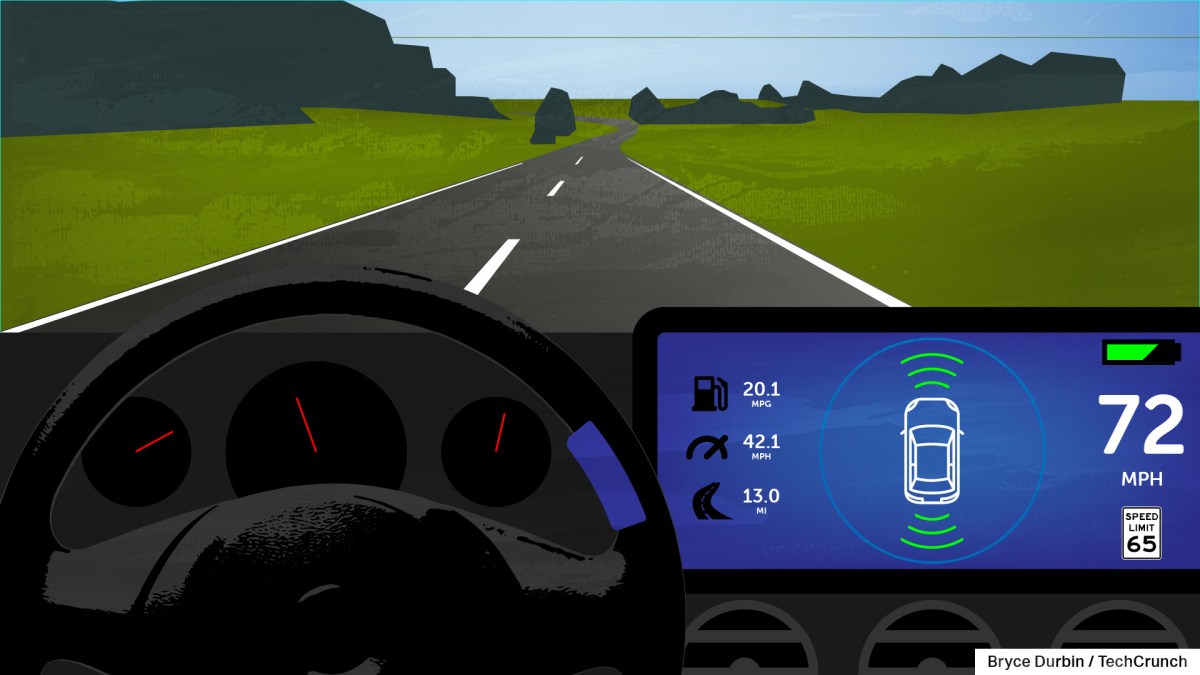One more funny article out of the series "publish fabricated story about Tesla and keep doing it until everyone is convinced it's true"

 techcrunch.com
techcrunch.com

How Tesla, BMW, Ford, GM and Mercedes driver assist systems compare | TechCrunch
We tested vehicles from BMW, Tesla, GM, Ford and Mercedes equipped with advanced driver assistance systems. Here's how they performed.


